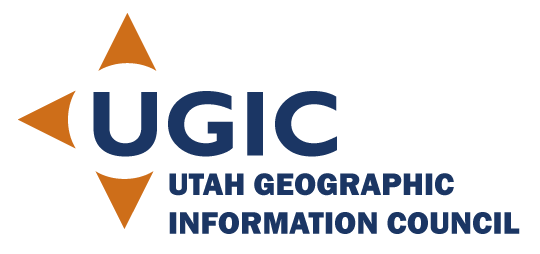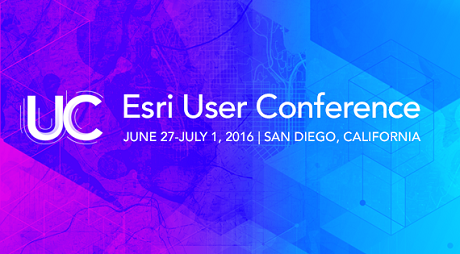Many UGIC members make the trip to San Diego each summer to attend the ESRI International Users Conference. This year was no different as Utah was well represented at the UC.
A few major themes coming out of the conference included:
- 3D GIS – 3D is becoming mainstream functionality within ESRI’s products. From desktop software and analytics to sharing maps in 3D in the web browser, 3D is a major focus of ESRI’s development efforts.
- Big Data – ESRI is providing tools to leverage ‘Big Data’. Visualization of very large datasets is made possible by massively scaleable computing infrastructure provided as a service. This capability expands what is possible and brings Big Data computing to geospatial workflows.
- Insights for ArcGIS – Insights is a new web application that allows users to visualize data (both spatial and non-spatial) in creative and interactive ways. The app provides ‘cards’ consisting of maps, charts, and tables that are all linked to each other and symbolized in a consistent manner. The Insights application is very flexible and configurable even for non-technical users. Insights for ArcGIS is focused on exposing patterns in data that may not be otherwise accessible or apparent.
- Drone2Map – Drone2Map is an application that leverages the new and exciting UAV technology to easily produce ultra high resolution ortho-imagery as well as DSM’s, point-clouds, and 3D models.
- Free eLearning – ESRI is offering access to 100’s of self-paced eLearning courses at no additional cost for users who are current on maintenance. ESRI President Jack Dangermond said, “We are happy to offer organizations the opportunity to train more people in their workforce in how to use Esri ArcGIS at no additional cost.”
- GIS Evolution – ESRI see’s ArcGIS as a unified technology platform that supports multiple types of systems (system of record, system of engagement, system of insight). Technologies such as web services, distributed computing, real-time data, configurable templates and apps, smart mapping, story maps and Big Data analytics are replacing older patterns such as client/server, static databases, and proprietary application development.
- Field GIS Tools – ESRI is providing tools such as Workforce, Navigator, Collector, and Survey123 to better support GIS field operations. We were able to see much of this technology first-hand from Chris LeSueur at the UGIC Conference in May.
- Living Atlas – ESRI is providing 1000’s of ready to use datasets, layers, and basemaps (as well as millions of user contributions) through the living atlas. In addition, ESRI announced a new partnership with DigitalGlobe to provide current high quality aerial imagery for the entire world offered through the living atlas.
- Real-Time – There continues to be emphasis on integrating real-time data including geo-fencing, citizen and customer engagement, and many other examples of ‘high velocity data streams’.
- ArcGIS for Adobe Creative Cloud – ESRI announced a new add-in that allows users to import ArcGIS Online map data into Adobe Illustrator (as vectors) to take advantage of the high end graphics design capabilities of the Adobe Suite of products.
- ArcGIS Shared Code – For those of us who have been in the industry for a while, we remember a super useful little website called ArcScripts. This site was loaded with cool scripts, tools, and ideas that were freely shared among GIS users. Now that concept has been resurrected into a site called ArcGIS Code Sharing (codesharing.arcgis.com). Users can log in and share their development work as well as browse and use the work of the collective. This site which was recently launched is bound to be a valuable tool for many of us.

